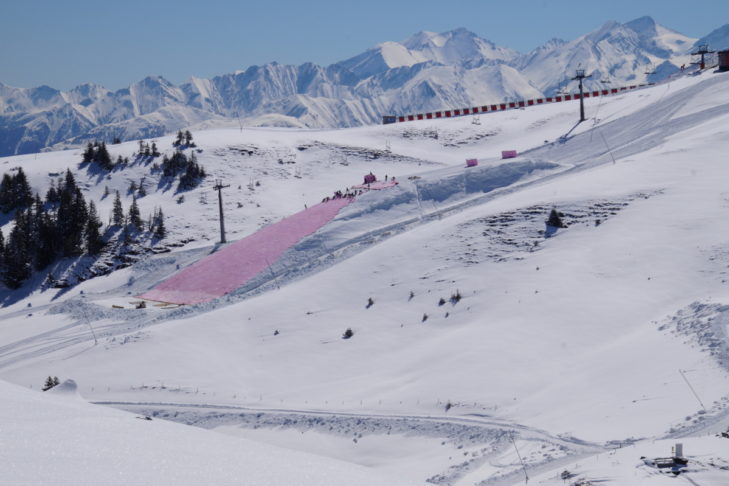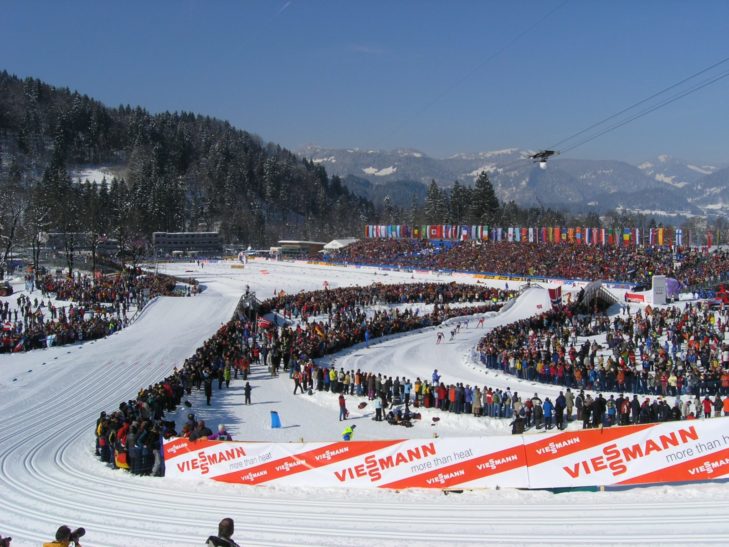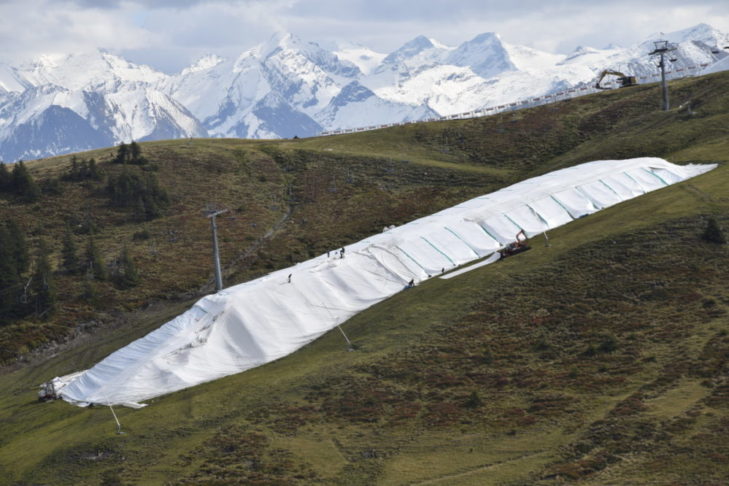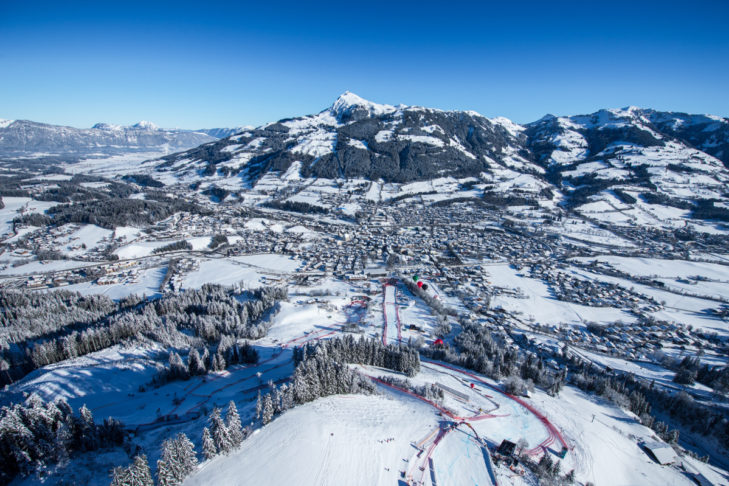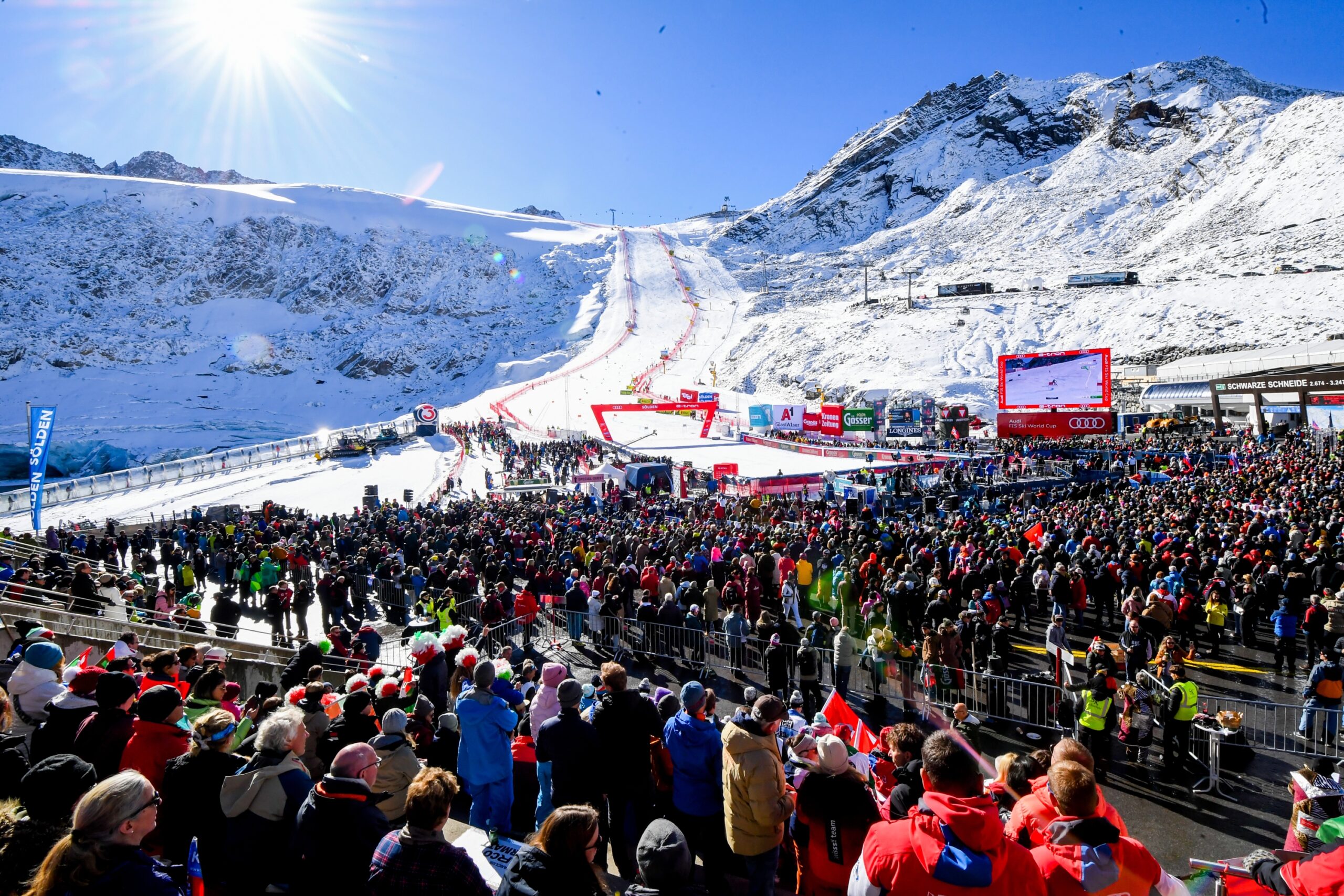Some winter sports fans may have wondered how some ski areas can start skiing in October. The Kitzbühel ski area, for example, is neither located on the glacier nor is it usual for masses of snow to fall down from the sky as early as September. Nevertheless, it opens its doors in autumn. This is possible thanks to “snowfarming”, otherwise known as “snow cultivation”. SnowTrex explains what this is all about and how snowfarming works.
Cultivating Snow
Particularly ambitious winter sports fans, such as skiers, snowboarders or cross-country skiers, can often hardly wait for the winter season to start again in summer, and with it, the starting signal for skiing. If one were to rely exclusively on the first “real” snow, winter sports fans would often have to be patient, especially in regions without glaciers. The ski tourism industry would also not have a good start to the season in years where snow falls very late. What has been practiced in Scandinavia for around 20 years has also found its way into many Alpine ski areas in recent years: snowfarming, i.e. the cultivation of snow.
How Snowfarming Works
In order to enable early access to the pistes for winter sports fans, the last day of the season is a very special one for ski area operators. While the sportsmen and women are already celebrating the end of the season with après ski, the piste vehicles bring the existing snow together and literally pack it into one pile. This pile is formed into a trapezium and thus compacted by snow groomers. If the snow was left like this, it would melt faster in summer than you could blink. To make the snow depot perfect, the snow is then insulated – depending on the location (on the mountain or in the valley), materials such as wood chips or sawdust (valley) or fleece (mountain) are used. Both prevent the snow from melting. The woodchips have the pleasant additional benefit that they can be used in winter and thus help to secure the region’s energy supply.
A tarpaulin is then laid over the insulation to protect it from water penetration. In this way, about 80% of the accumulated snow can be over-summered and distributed again on the pistes in the following season. It usually takes two to three days to cover the snow depot and about four to five days to distribute it on the pistes, depending on its size. The distribution is carried out by GPS-controlled piste machines. This is necessary in order to avoid damaging the turf (i.e. the base of the piste) and thereby both acting ecologically and keeping the snow clean. For a piste of about 700 m length and 60 m width, you need about 25,000 m³ of snow.
The Difference to Artificial Snow Coverage
Artificial snow is a common practice in all ski areas. In contrast to snowfarming, however, here you have to rely on relatively low temperatures over several days and use a relatively large amount of energy and water. Otherwise, snowmaking is not possible. Of course, snowfarming also benefits from rather cold temperatures on the mountain already in October, preventing the snow from melting away directly. However, low temperatures are not necessary for the implementation. Moreover, skiing on the “snow of yesterday” is wonderful: in the morning, it is quite hard, but nonetheless grippy. In the afternoon you hardly notice any difference to the snow from the current season. Artificial snow, on the other hand, is usually much harder in the morning and becomes slushier faster in sunlight.
With snowfarming, ski areas not only make ski tourists happy, but also ski professionals. Thanks to pistes that can be skied on earlier, they can also train in the Alpine countries and hone their skills for competitions in the coming season. Thanks to snowfarming, this is possible in places like Ramsau am Dachstein, Seefeld, Davos-Klosters or Livigno. Furthermore, it’s not just fans of Alpine skiing who will get their money’s worth here – cross-country skiers can benefit, too, from trails that are prepared with the “snow of yesterday” early in the season.
FAQs about Snowfarming
What is snowfarming?
Snowfarming essentially means “the cultivation of snow”. To this end, snow is piled up at the end of the season, compacted, covered with special materials, insulated and thus stored until the next season.
What is the difference between snowfarming and artificial snow?
With artificial snowmaking, snow is technically made from water, so it is artificial snow. In snowfarming, “snow from yesterday”, i.e. natural snow, is stored and reused the following season.
How much snow will survive the summer thanks to snowfarming?
Around 80% of the “cultivated” snow survives the summer.
What happens to the cultivated snow at the start of the season?
It is distributed again on the pistes with the help of snowcats.
Where can I find snowfarming?
Snowfarming is carried out in places like Kitzbühel, Ramsau am Dachstein, Seefeld, Davos-Klosters and Livigno.

